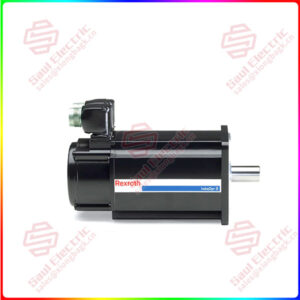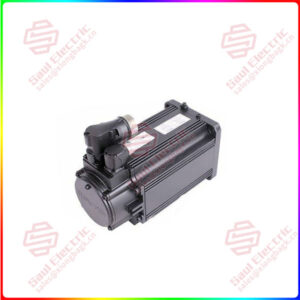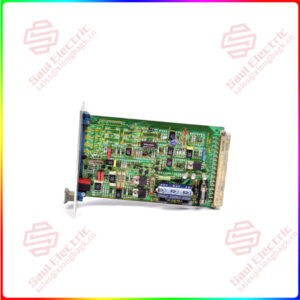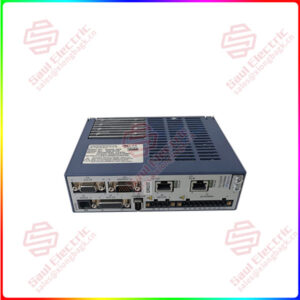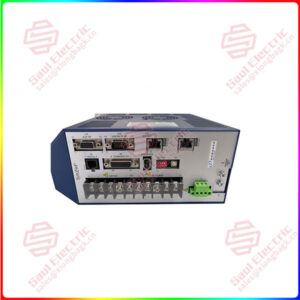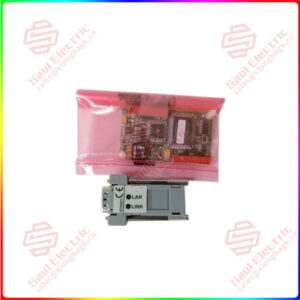Signal processing: The control circuit inside the servo drive component converts the received control signal into the appropriate drive signal. This process may include signal amplification, filtering, modulation, etc.
Power amplification: The processed drive signal is amplified through a power electronic circuit to provide enough power to drive the servo motor. This may involve converting a low-voltage control signal into a high-voltage, high-current drive signal.
Motor drive: The amplified drive signal directly drives the servo motor to control its movement. This includes adjusting the position, speed and acceleration of the motor.
Feedback mechanism: Servo drive components are usually equipped with encoders or other feedback devices for real-time monitoring of the actual motion state of the motor. This feedback is sent back to the servo drive component and compared with the desired motion state.
Error adjustment: According to the error between the expected value and the feedback value, the servo drive component adjusts the drive signal to correct the motor’s motion state. This process is usually achieved through a closed-loop control algorithm to ensure that the motor can precisely follow the desired motion trajectory.
Protection and safety: Servo drive components usually also have overcurrent, overvoltage, overheating and other protection functions to ensure the safe operation of the motor and drive.


 1 Year Warranty
1 Year Warranty

